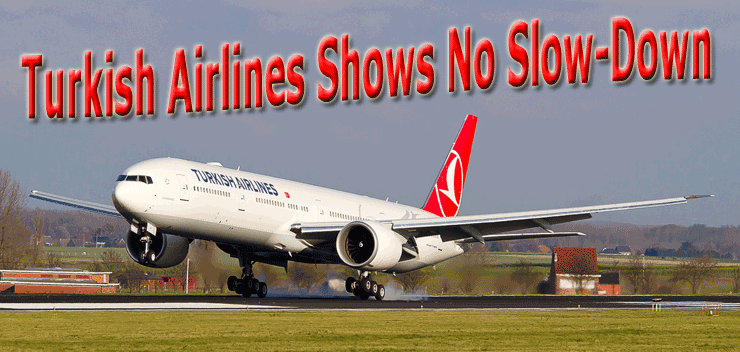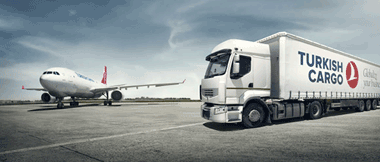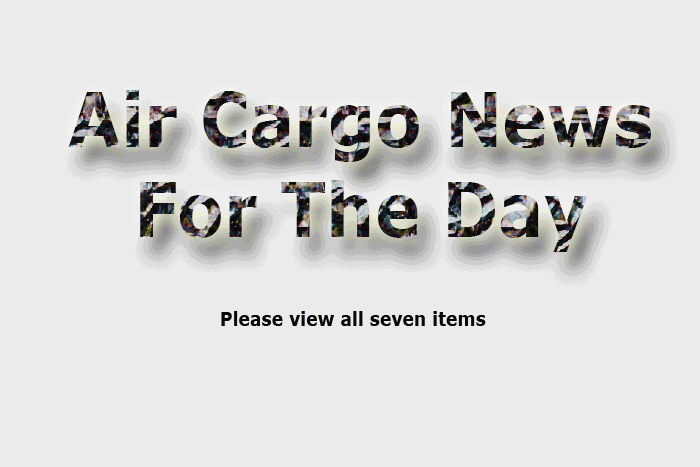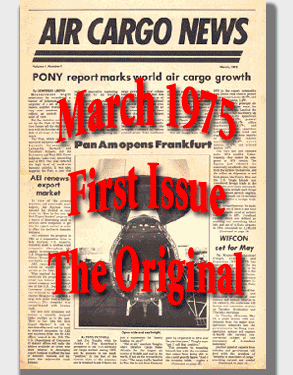
 espite
what is going on in Turkey right now, Turkish Airlines pattern for growth
has continued unabated. Istanbul emerged as an even larger international
hub this year, with the airline’s destination count set to rise
from 236 to 250 by the end of 2013. espite
what is going on in Turkey right now, Turkish Airlines pattern for growth
has continued unabated. Istanbul emerged as an even larger international
hub this year, with the airline’s destination count set to rise
from 236 to 250 by the end of 2013.
Istanbul is close-in to Europe, and while everybody from LHR to FRA and
back again to CDG have been watching (and at times whining) about EK,
EY, QR, SV, and some other rising stars of the Middle East, here comes
Turkish Airlines. At times it has been underestimated and even overlooked,
but it quietly continues to eat everybody’s lunch with more flights
and more density to several key European locations, beating out many of
the more frequently lauded companies.
 |

But Turkish Airways does have some issues,
and the biggest one in Summer 2013 is the need for more space at Gateway
Istanbul.
Based on the continued accelerated growth
of Turkish Airlines and its visionary and unstoppable CEO Temel Kotil
(Mr. Kotil assumed the post of Chairman of the Association of European
Airlines, AEA, earlier this summer, which at least says something of the
esteem in which the man is generally regarded by his peers), the clear
message is that a new international airport needs to be created.
The new airport, scheduled to open in 2019,
will have a 90-million passenger capacity in the first stage.
Capacity will go up to 120 million, and
then to 150 million.
If these targets are reached, then Istanbul
will probably have the biggest airport in the world.

As far as the airline is concerned, capacity
is the main squeeze to future plans.
Turkish Airlines has shifted some services
(both international and domestic) to a nearby airport with the beautiful
name Sabiha Gokcen International, which has most recently been utilized
for low-cost carrier (LCC) operations.

In addition to more space, Turkish Airlines
also needs more aircraft; it plans to add 20 new aircraft in 2013, with
a long term plan to build up its capacity to 375 aircraft by 2020 as it
deepens the number of flights across existing city pairs already in service.
Currently, Turkish Airlines’ fleet of 228 aircraft serve 236 destinations
with 1,000 daily flights, but that number will rise to as many as 250
destinations, as mentioned, by the end of 2013.
We were inside the big Turkish Cargo stand
at Munich Air Cargo Europe five weeks ago.
The place was a beehive of activity.
Into a small meeting room breezed Halit
Anlatan, Turkish Cargo Vice President of sales and marketing.
Halit is increasingly making a tough job
look easy, as he handles much of the public face of Turkish Cargo.
One of the drivers of this modern day air
cargo executive is that he always gives it to you straight, and for many
in this game that credo is a breath of fresh air.

“We continue to develop our Istanbul
hub, which is situated at the crossroads of Europe, Middle East, Africa,
and former CIS countries.
“There is more potential for air cargo
and many niche markets within these areas for us,” Halit Anlatan
declares.
“Turkish Cargo strongly believes that
in the near future, our vision of growth by adding destinations and new
aircraft will continue to develop our cargo business with Istanbul as
a hub.
“Turkey is not to be overlooked—it
is a country of 70 million and represents great potential for the entire
menu of air cargo services, and we are expanding and developing our capabilities
to meet that need.
“Turkey represents a balanced import/export
business as the economy is quite strong here.”
Another main focus right now at Turkish
Cargo, Mr. Anlatan pointed out, is security and the development of e-freight.
“We have dedicated considerable resources
to security, offering multi-layered security up and down the system. Turkish
Cargo is also investing in implementing and continually upgrading our
IT offering, with e-freight and other paperless efforts all destined to
offer transparency with our customers and ease of use every step of the
way.”
  Turkish
Cargo partners with Uganda RFS based in Entebbe, saying, “we
are adding a network that will guarantee better service to 22 domestic
and 12 international destinations. Domestic destinations include
Kampala, Jinja, Masaka, Mukono, Gulu, Soroti, Mbale, Arua, Mbarara,
Bulisa, Masindi, Fort Portal, Kasese, Hoima, Lweero, Mubende, Tororo,
Lira, Moroto, Kotido, Kapchorwa ve Kitgum. Turkish
Cargo partners with Uganda RFS based in Entebbe, saying, “we
are adding a network that will guarantee better service to 22 domestic
and 12 international destinations. Domestic destinations include
Kampala, Jinja, Masaka, Mukono, Gulu, Soroti, Mbale, Arua, Mbarara,
Bulisa, Masindi, Fort Portal, Kasese, Hoima, Lweero, Mubende, Tororo,
Lira, Moroto, Kotido, Kapchorwa ve Kitgum.
Internationally the offerings include Nairobi/NBO, Mombasa/MSA in
Kenya; Dar el salaam/DAR and Mwanza/MWZ in Tanzania; Kigali/KGL
in Rwanda; Bujumbura/BJM in Burundi; Juba - Nimulee/JUB, Juba -
Kaya/JUB in South Sudan and Beni/BNC, Goma/GOM, Bunia/BUX, Bukavu/BKY
in the Congo.
|

“Hub Istanbul via Turkish Cargo has
opened connections across Africa and Middle East and former CIS, with
destinations such as Addis Abba and Nairobi.
“Our passenger side includes many
narrow-bodied services to these gateways whilst continuing with our bigger
aircraft to Asia.
“To USA, we operate double dailies
to New York and also service to Chicago and Los Angeles.
“Turkish also connects many of the
capitals of Europe and we are looking to add capacity by expanding our
all-cargo freighter served network.
“Looking to our regional Middle East,
former CIS, Africa, India Asia offerings will serve our expanding markets
based on inbound demand weakness, using the great flexibility of the freighters,
A310s, and others to build payloads by adding cities while awaiting development
of better two way traffic.
“For example, one routing under this
philosophy is Mitiga-Zurich; where we already have solid service operating
in and out of Mitiga, we have expanded to Zurich, opening new avenues
for trade and opportunities all around,” Mr. Antalan said.
“Turkey enjoys great historical ties
with many countries of the world, including a vast number of ‘New
Europe’ destinations that used to be part of CIS.
“Today, as these now open trade countries
look to expand their offering with the rest of the world, Turkish Airlines
stands ready to deliver the service and support to make growing business
possible.
“Turkish Airlines is the eighteenth
largest air carrier in the world (excluding integrators).
“Currently over 1,000 people at Turkish
Airlines are assigned to air cargo, which delivers about 10 percent of
income to the airline,” Mr.Anlatan points out.

“Despite a tough business climate,
we are undergoing an unprecedented fleet and route expansion as part of
an overall strategy to grow our business 15 percent-per-year into the
future.
“Our expansion to new destinations
and new aircraft deliveries will constitute a significant step in Turkish
Airlines’ goal to becoming the biggest airline in Europe.
“A major effort has been made to position
our brand at leading air cargo trade shows like Munich, but we also get
to ‘new markets’ to bring the story of Turkish Cargo everywhere.
“For example, earlier this year we
attended Saigon Air Freight Logistic Conference & Exhibition April
24-26. It was a good event.
“Trade shows bring valuable market
information and intelligence that can only be gained first hand on the
ground attending these events,” Mr. Anlatan said.
Geoffrey/Flossie
|









